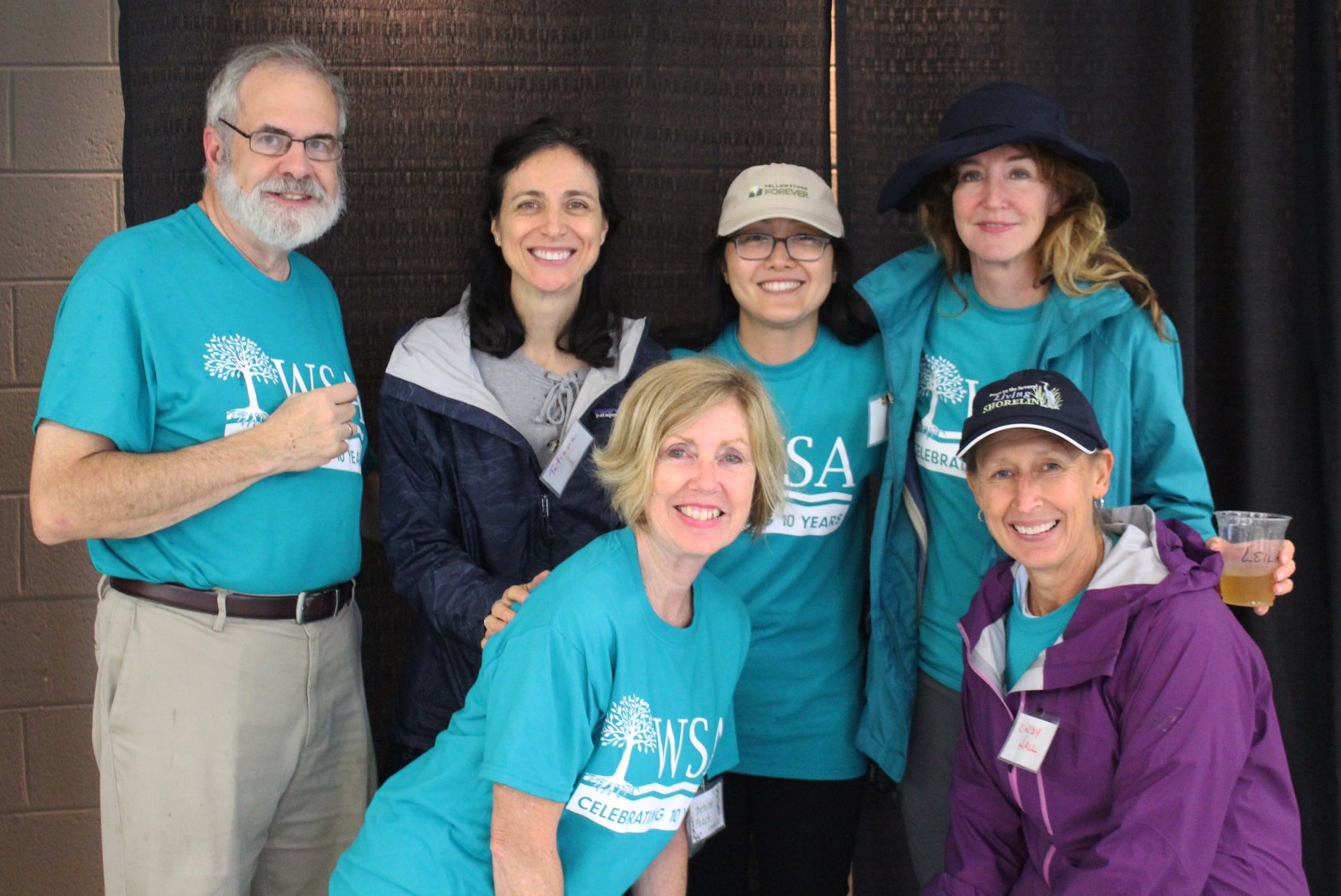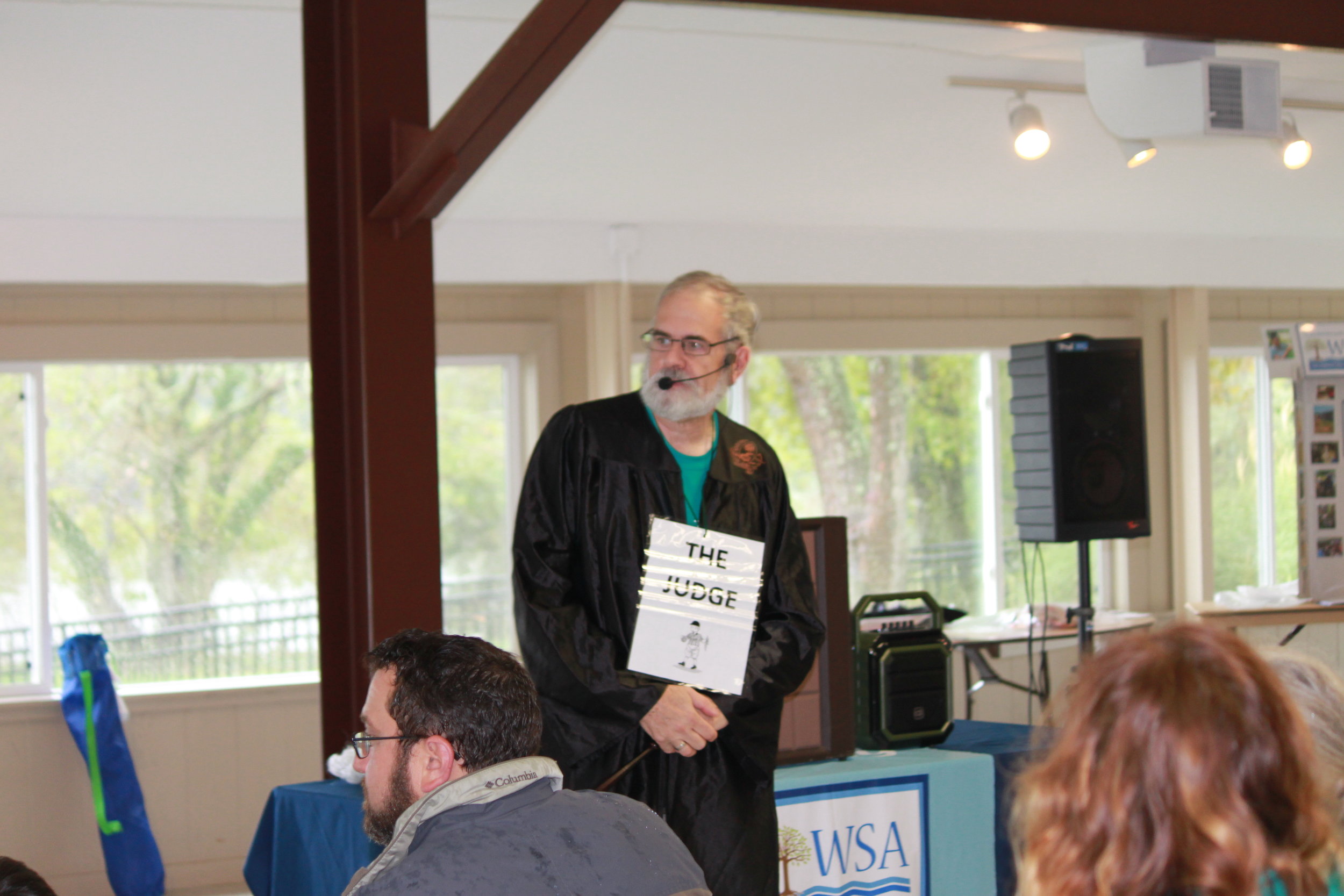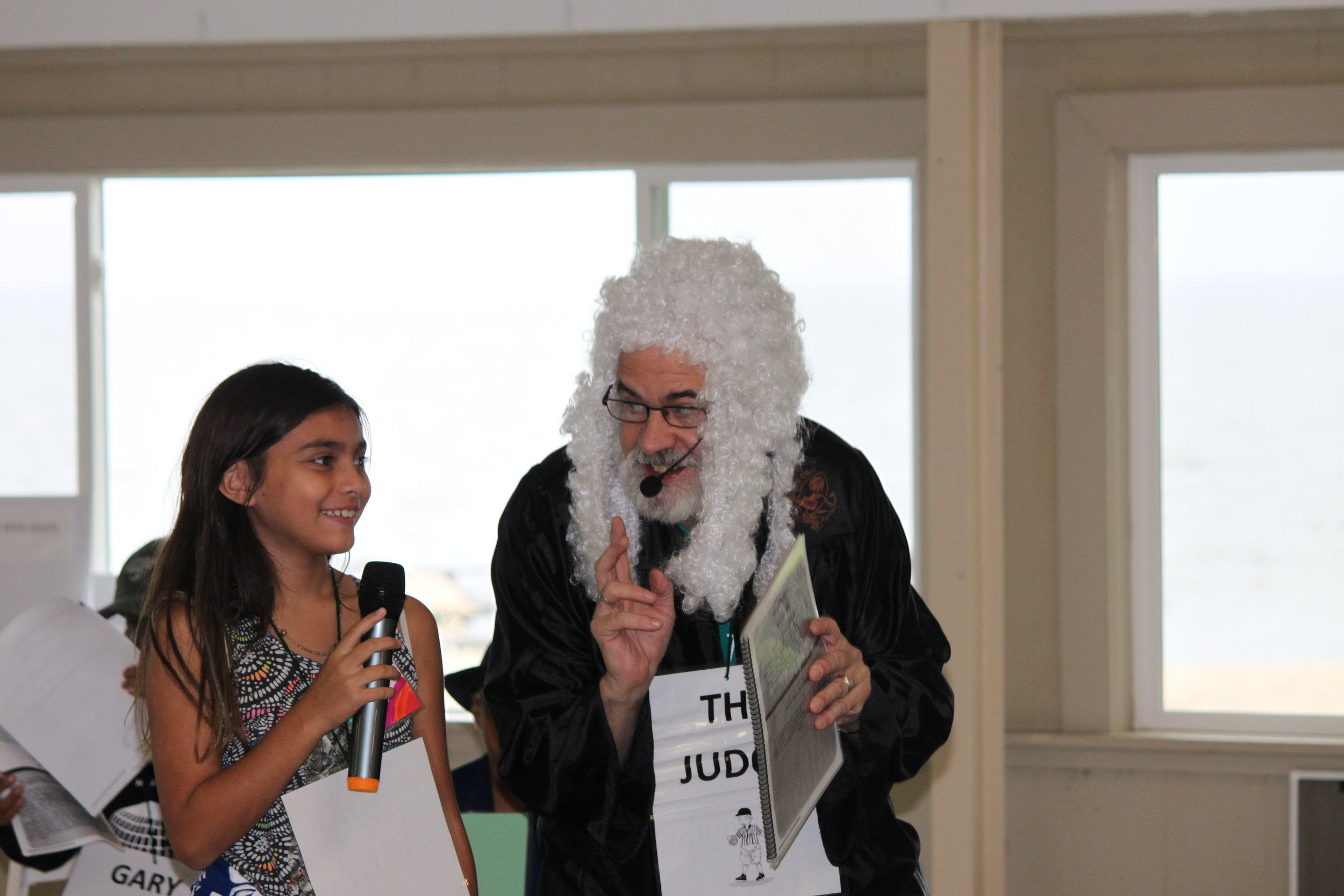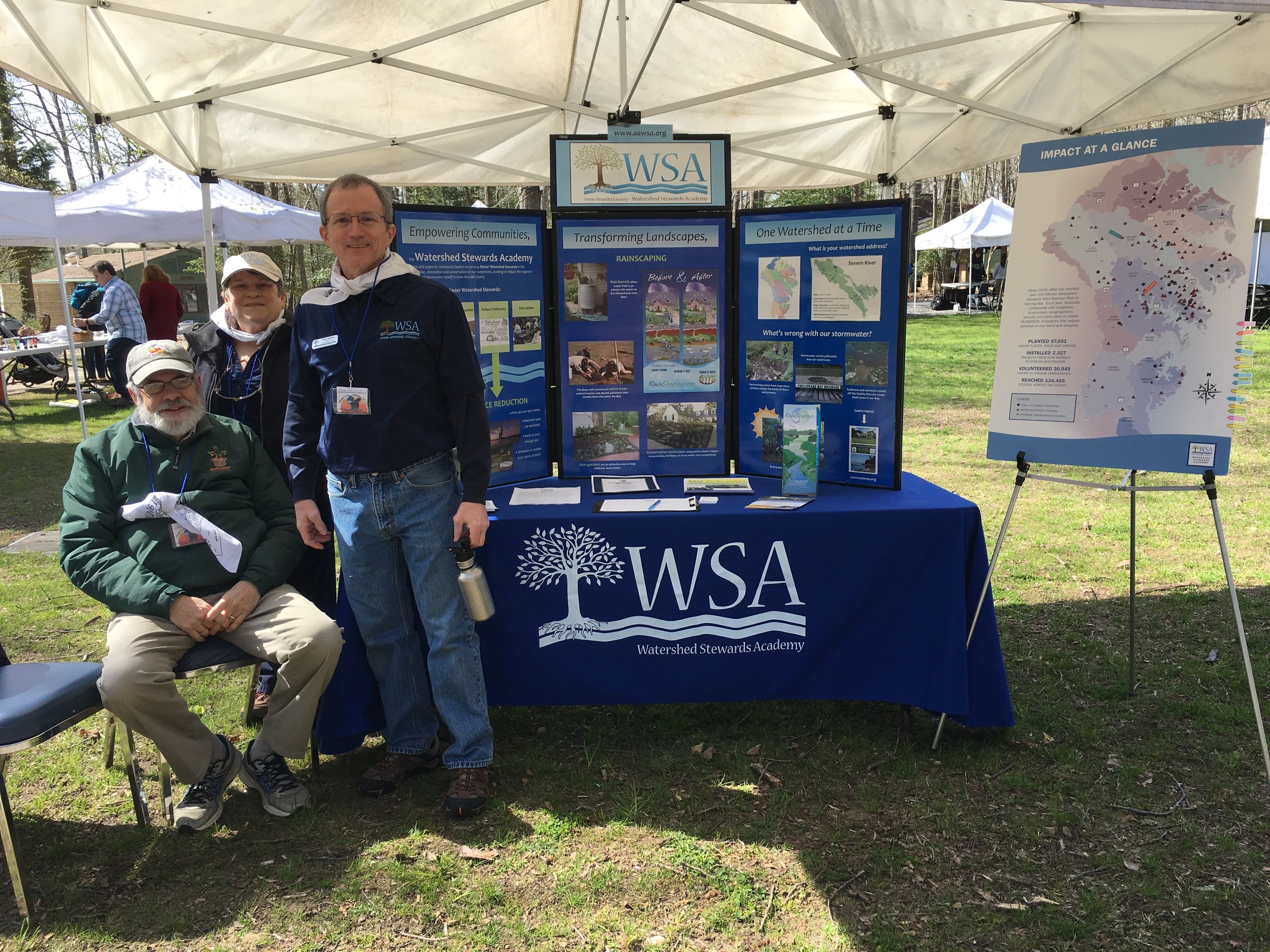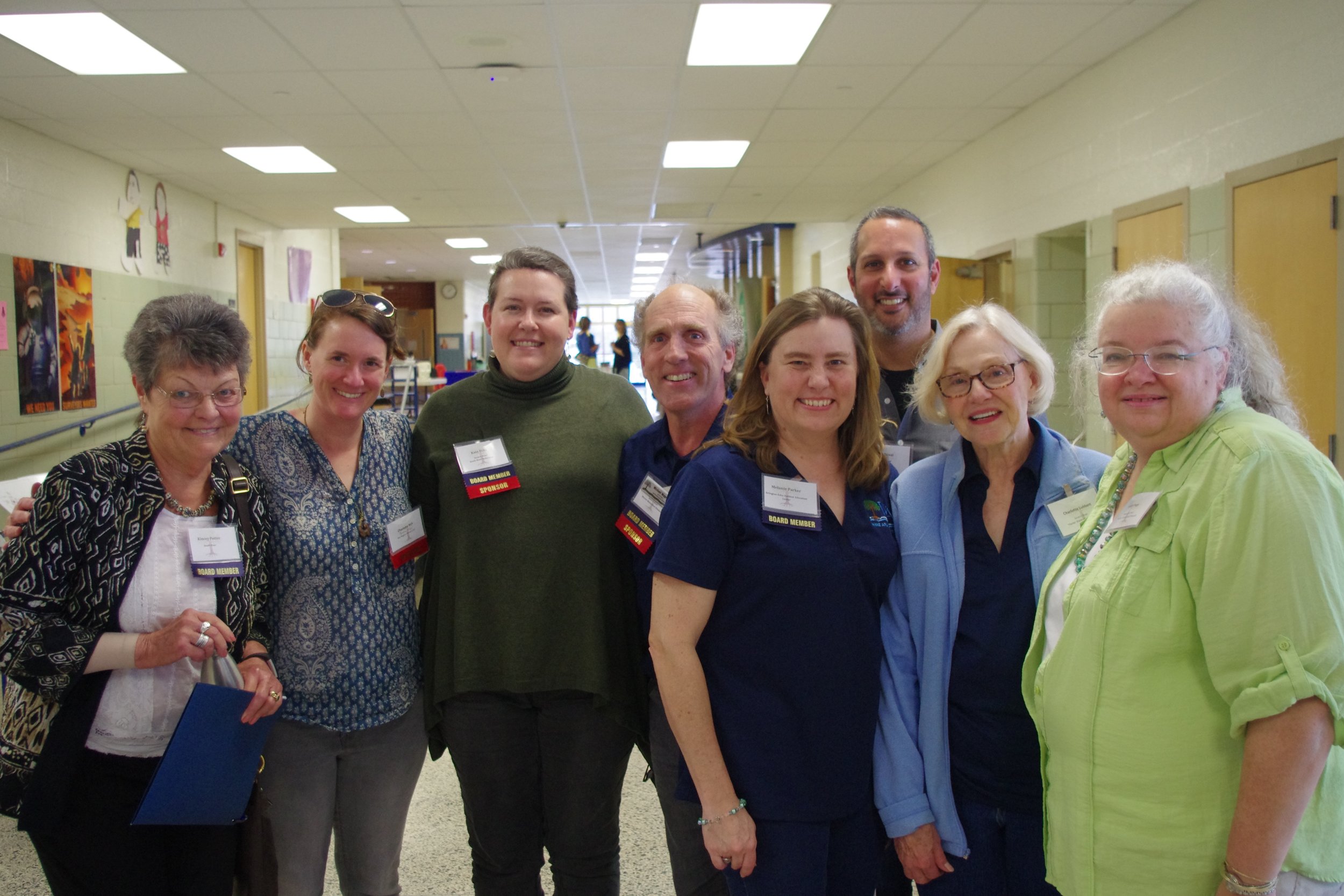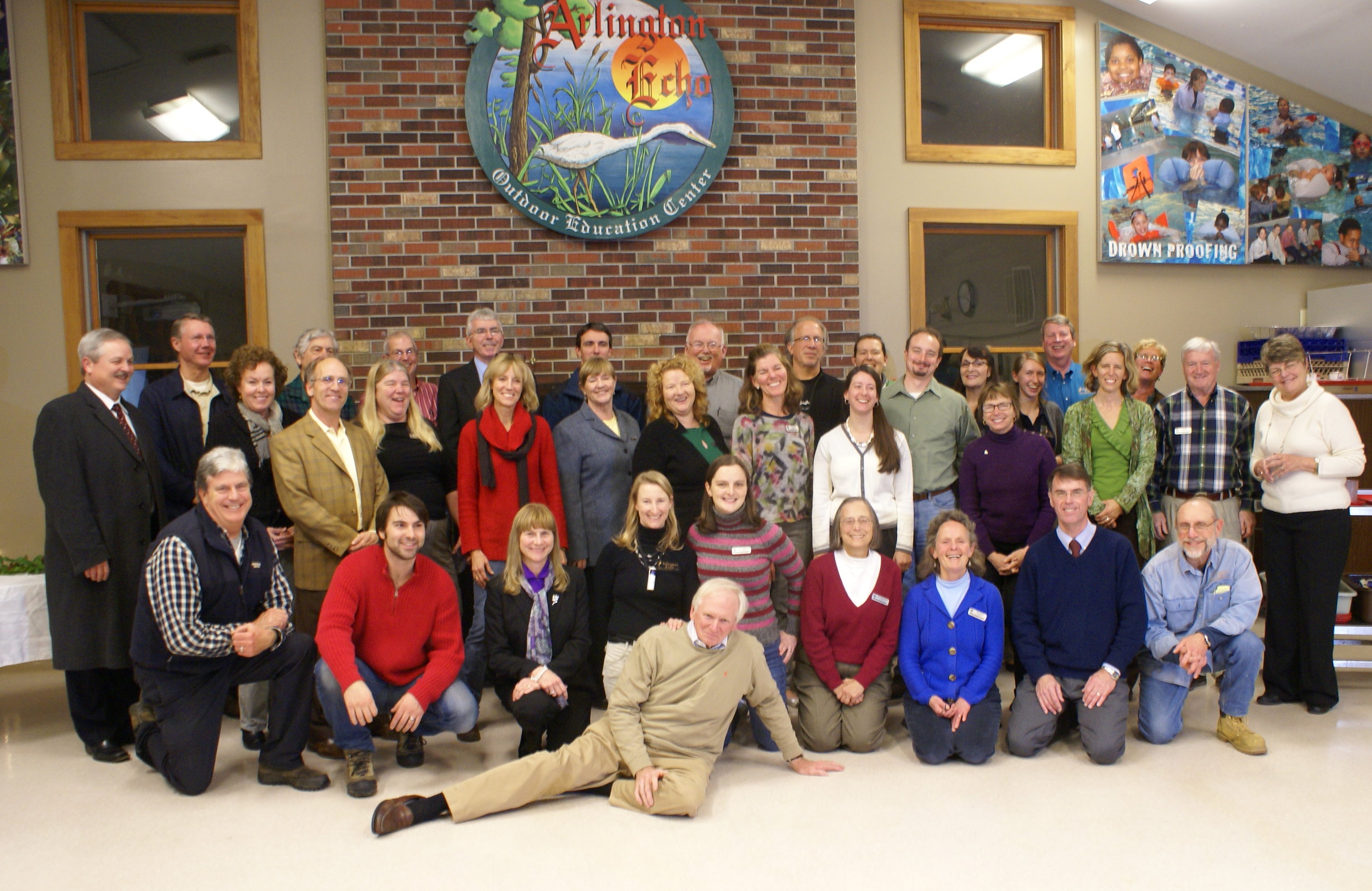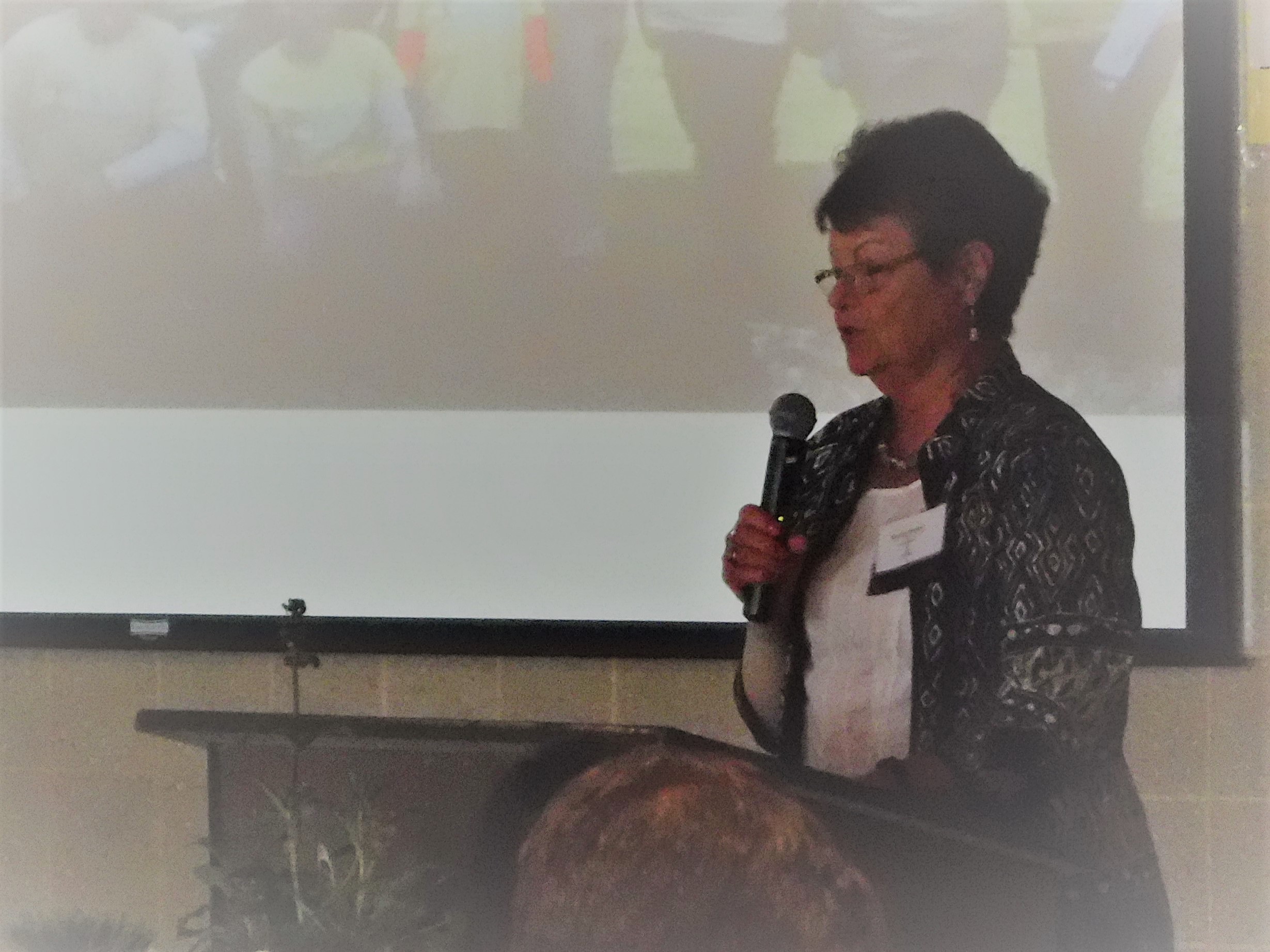October’s Native Maryland Plant
Callicarpa americana (L.) (kal-lee-KAR-pah ah-mer-ih-KAY-nah)
Common Name: American Beautyberry
Remembering that this is the centennial of the Migratory Bird Treaty Act (MBTA)¹, you can help feed our winged-friends by planting this month’s plant: Callicarpa americana. This shrub has a berry that is simply hard to ignore – they are a bright, almost metallic purple and they stand out in the garden well into the wintering season.
This Coastal Plain shrub will attract pollinators in the spring and a variety of birds in late winter. It is frequently planted in a conservation landscape because it provides both food and cover for birds. The berries appear as clusters (cymes) and cling tightly to the sprawling woody branches. This is a very adaptable shrub that can be pruned heavily and will recover in one season. For this reason, you can even grow it in a large pot and prune it to 6” in the spring – it flowers on new growth. Its beaded branches also make beautiful dry arrangements. Callicarpa spp. can also be planted as a vegetated buffer plant along streams and waterways – not in the water but along the stream where it will prevent erosion and add to the diversity of plants that support birds. If you’re able to visit the Howard County Conservancy this fall, you can see the unusual white variety of Callicarpa americana blooming now - Callicarpa americana var. lactea is in the lower garden to the left of the entrance.
Callicarpa comes from two Greek words: callos meaning beauty and carpos, fruit – referring to its most distinguishing feature. The specific epithet, americana, is Latin for “from the Americas”.
NOTE: You may have heard that American Beautyberry has been used as a folk remedy to prevent mosquito bites. In fact, a chemical isolated from Callicarpa spp. has been shown to act as a mosquito repellant; callicarpenal has been patented by the USDA Agriculture’s Research Service² and is used as a mosquito repellent.
~ Alison Milligan – MG/MN 2013
Master Watershed Steward Class 7
aligmilligan@gmail.com




